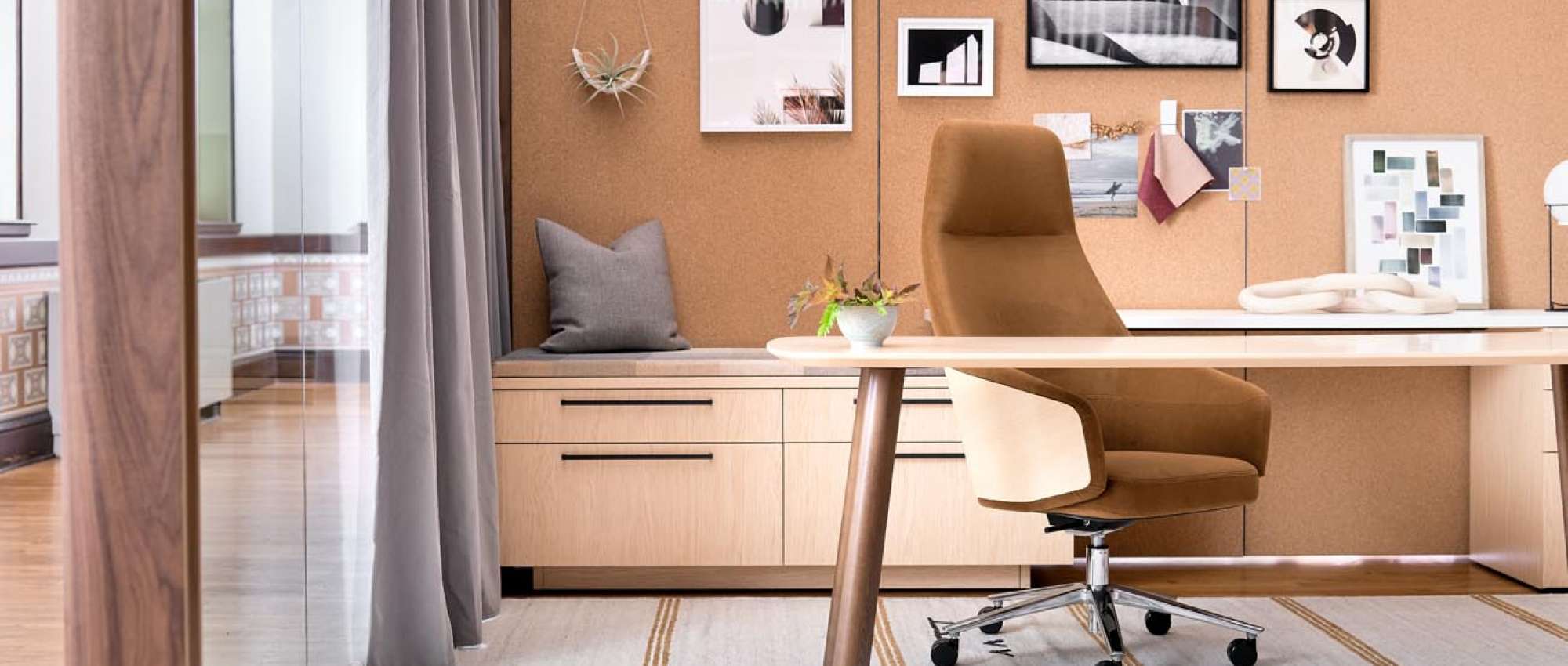2. Back to Basics
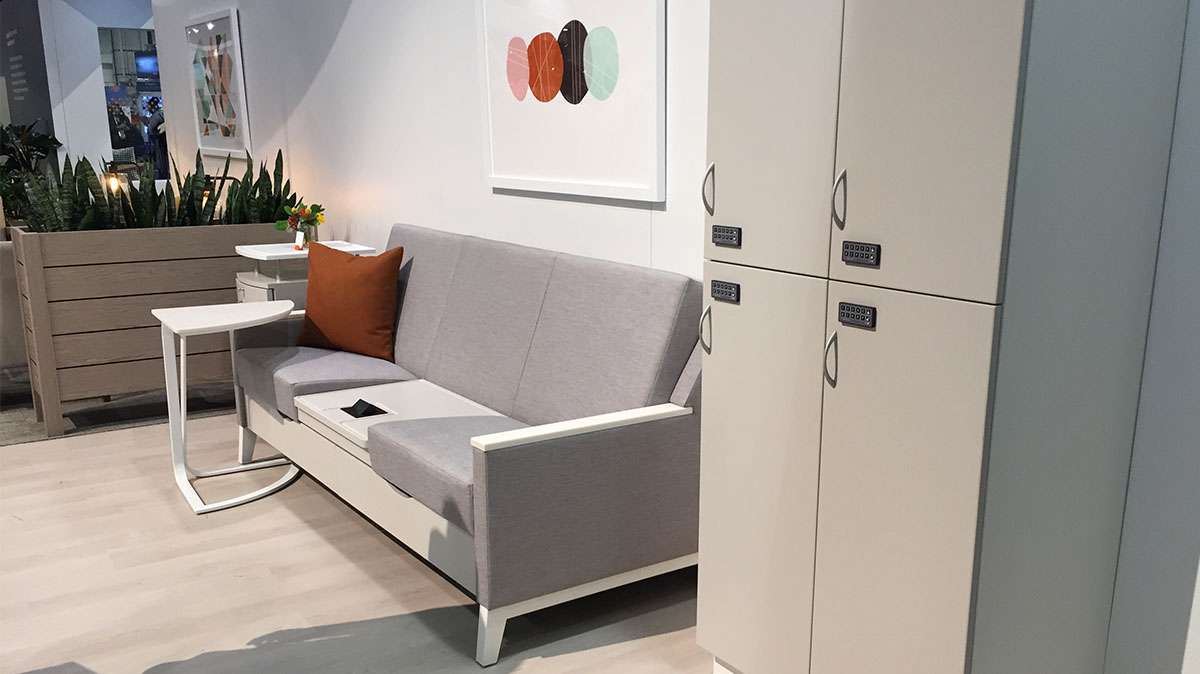
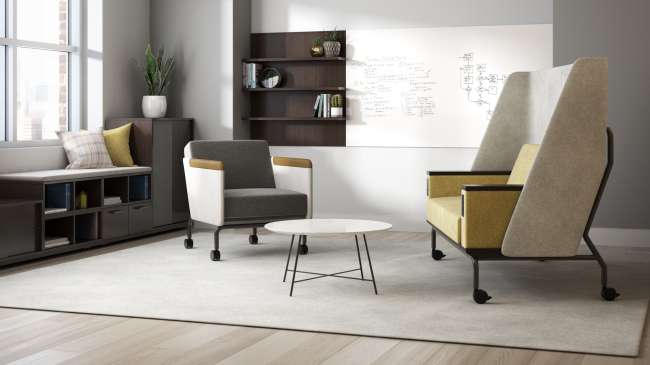
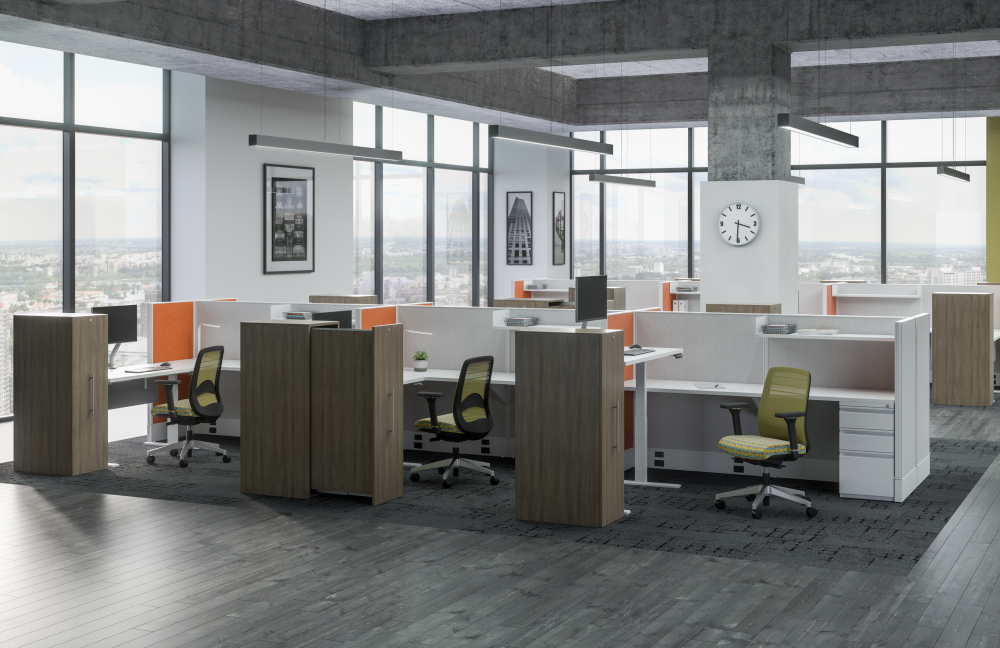

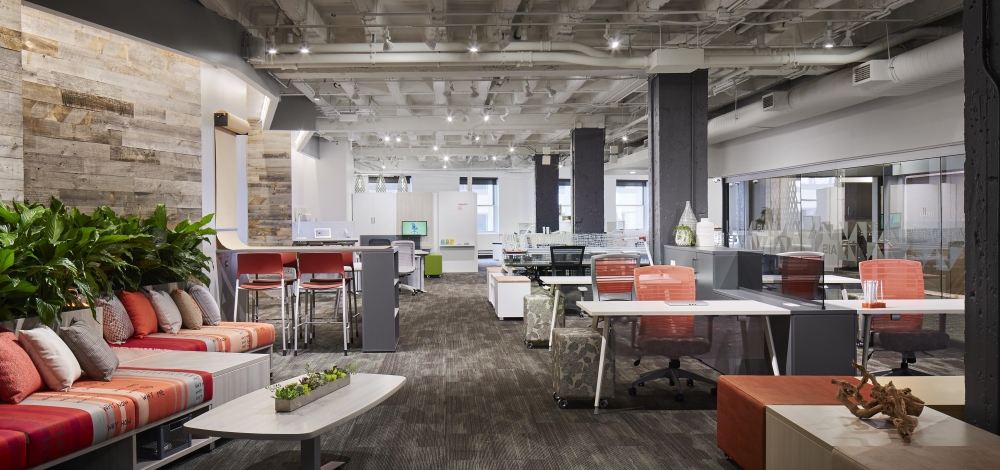
There is a reason that coworking and flexible work spaces are coming up in the news every day. It’s hard enough for companies to predict what their headcount and requirements will be in the next year or two, let alone ten years from now. Although coworking and flex working environments offer the benefit of flexibility, our industry is still growing in this as a whole. In creating spaces that are truly flexible every sector needs to create solutions to support this; from design, to construction, to furniture. We predict we will see more options and smarter approaches to creating the flexibility our clients need. To address this, more time and resources need to be invested upfront in order to understand an organization and to plan for the future ebb and flow in the best way possible. This year we predict that solutions will come out that will address these challenges, it will be interesting to see how our industry responds.
We are excited to see how our predictions emerge through different channels in our field – or how they take a different course in their implementation. We spend 80 percent of our time at work and it has grown to be more than just a place to do business, it is the epicenter and the representation of how we, as a society, support and enable productivity and progress.
Thanks for reaching out — a member of our team will be in touch to learn more about your workplace and furniture needs.
